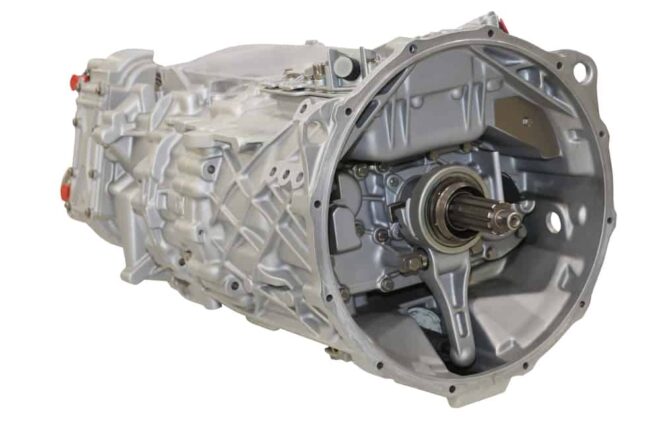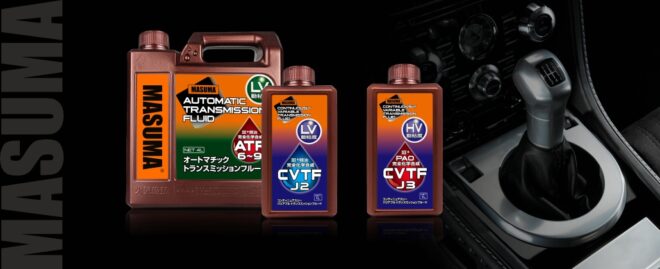Gearbox failure is a common problem in Kenya, especially with the challenges posed by rough road conditions, heavy loads, high temperatures, and often inconsistent maintenance practices. Here’s an analysis of the primary causes of gearbox failure in Kenya and steps to maintain them.
1. Poor Road Conditions
- Kenyan roads, especially in rural and less-developed urban areas, can be rough with potholes, bumps, and poor paving. These conditions put extra strain on the gearbox by subjecting it to frequent and intense vibrations. This wear and tear accelerates the degradation of internal components like gears, bearings, and seals.
- Driving over rough terrain or through potholes also forces drivers to shift gears frequently and abruptly, further stressing the gearbox.
2. Heavy Loads and Overloading
- Many vehicles in Kenya, especially those used for transportation and commercial purposes, are often overloaded to maximize income per trip. Overloading increases the strain on both the engine and gearbox, which can lead to overheating, accelerated wear of internal components, and eventual gearbox failure.
- The extra load forces the gearbox to work harder than it is designed to, especially in vehicles that were not manufactured with heavy load-bearing specifications.
3. Poor Quality or Insufficient Lubrication
- Gearboxes rely on high-quality transmission fluid to keep parts lubricated and to help manage the high temperatures generated by constant friction. In Kenya, counterfeit or substandard lubricants are common, leading to faster breakdown of gears and seals.
- Inadequate lubrication or not changing the transmission fluid as often as recommended can lead to overheating, increased friction, and internal damage, ultimately causing gearbox failure.
4. Driving Habits
- Aggressive driving and improper shifting techniques are common issues, especially with manual transmissions. Constantly engaging the clutch halfway or riding the clutch puts strain on the gearbox and clutch assembly.
- Abrupt shifts, frequent downshifting, and sudden stops create additional friction and heat, wearing out internal gearbox components prematurely.
5. Environmental Factors
- Kenya’s climate, particularly in hot regions, can contribute to overheating of the gearbox, especially in vehicles that are heavily loaded or poorly maintained. High temperatures degrade the transmission fluid more quickly, reducing its effectiveness and causing metal parts to grind against each other.
- Dust and dirt can also enter the gearbox system, especially if seals are not in good condition. This contamination accelerates wear on gears and bearings.
6. Inadequate or Irregular Maintenance
- Maintenance schedules are often neglected in Kenya due to the high costs or lack of awareness. Many vehicle owners skip regular gearbox inspections, fluid changes, and component replacements, leading to undetected wear and tear that eventually causes failure.
- Limited access to skilled mechanics or high-quality parts in some areas also contributes to improper repairs and low-quality replacements that don’t last long.
How to Maintain a Gearbox
Proper gearbox maintenance is essential to prevent costly repairs and extend its lifespan. Here are some effective maintenance tips:
1. Regular Transmission Fluid Checks and Changes
- Transmission fluid lubricates, cools, and cleans gearbox components. Check the transmission fluid level regularly, and follow the manufacturer’s recommendation for fluid change intervals. High-quality transmission fluids can make a significant difference in performance and longevity.
- Avoid using low-quality or counterfeit fluids, which lack the necessary additives and can damage gearbox components.
2. Adopt Good Driving Habits
- Avoid rapid acceleration, sudden stops, or abrupt gear changes. Engage gears smoothly and avoid shifting down too aggressively.
- For manual transmissions, refrain from riding the clutch and use the clutch pedal only when changing gears. This minimizes unnecessary wear on the gearbox.
3. Don’t Overload the Vehicle
- Avoid overloading the vehicle beyond its recommended capacity, as this places unnecessary strain on the gearbox. Know the weight limits of your vehicle and adhere to them to prevent accelerated wear and overheating.
4. Routine Inspections and Professional Maintenance
- Schedule regular inspections with a qualified mechanic who understands your vehicle’s gearbox requirements. Have them check for leaks, worn-out seals, and unusual sounds that could indicate internal damage.
- Timely replacement of worn-out components, such as bearings or seals, can prevent major breakdowns.
5. Use Quality Parts and Fluids
- Always use original or high-quality aftermarket parts for replacements, especially for seals, bearings, and other critical gearbox components. Counterfeit parts wear out quickly and can lead to faster gearbox failure.
- Avoid compromising on the quality of parts or transmission fluids as they are critical to gearbox health.
6. Protect Against External Elements
- In dusty or wet environments, ensure that the gearbox and related seals are intact to prevent contamination by dust, water, or debris. Check for any gaps in seals and repair them immediately.
7. Monitor for Signs of Wear or Trouble
- Common signs of gearbox issues include unusual noises, difficulty shifting gears, vibrations, and fluid leaks. Address these issues as soon as they appear to prevent further damage.
- If you notice any delay in acceleration or changes in how the vehicle shifts, consult a mechanic immediately, as these could indicate gearbox trouble.





